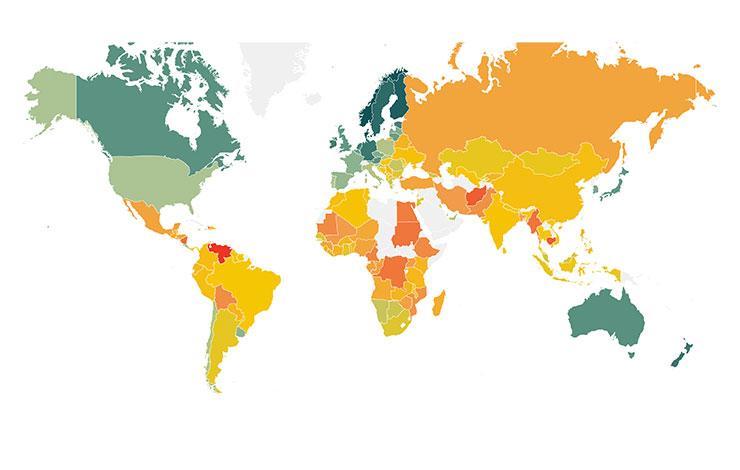
In recent years, there has been a marked increase in the demand from donors to demonstrate the impact of United Nations (UN) initiatives across all sectors, including rule of law programming. The importance of measurement is recognised at the highest levels of the UN, as the following quote from a 2011 report of the Secretary-General illustrates:
‘The United Nations must base its rule of law assistance on thorough assessments, baseline data and ongoing monitoring and evaluation. Measuring the effectiveness of assistance will increase recognition of successful methods and encourage new approaches to improving results.’
The increased focus on measurement and accountability has led to the development of a number of data collection initiatives designed to inform rule of law programming and, in some cases, demonstrate impact. However, as a result of the fragmented governance structure of the organisation, and because a wide range of entities are involved in rule of law programming, measurement initiatives have been developed and implemented within the various UN agencies with limited coordination. As a result, the data collection initiatives that have been developed to date are as diverse as the agencies providing rule of law support, ranging from one-off assessments of local justice programmes in a single jurisdiction to large sector-wide initiatives covering several countries. Some of the organisations with large rule of law data collection initiatives include the United Nations Office on Drugs and Crime (UNODC), the United Nations Development Programme (UNDP), the United Nations Children’s Fund (UNICEF), the Department of Peacekeeping Operations (DPKO), and the Office of the High Commissioner of Human Rights (OHCHR).
A comprehensive review of rule of law data collection activities across the UN system is beyond the scope of this short paper. As a useful alternative, we present examples of progress within the UN in the use of empirical measurement to inform rule of law programming over the last decade. The paper concludes with a discussion of the ongoing challenges facing UN rule of law assessments that may limit their effectiveness.
Read more on the use of data as a UN Rule of Law programming tool here.
This essay is part of the Innovations in the Rule of Law Report produced by the WJP and the Hiil. The report highlights innovations and insights through a series of concise papers by key experts and organisations in the area of rule of law. For more information, please visit the reports page here.






